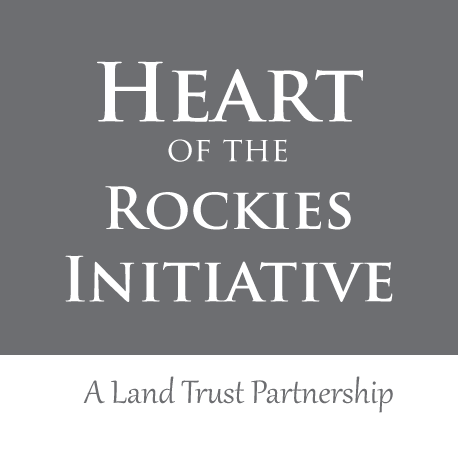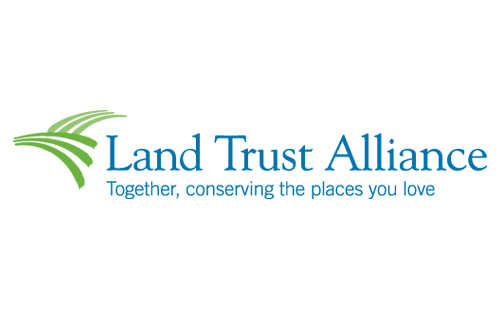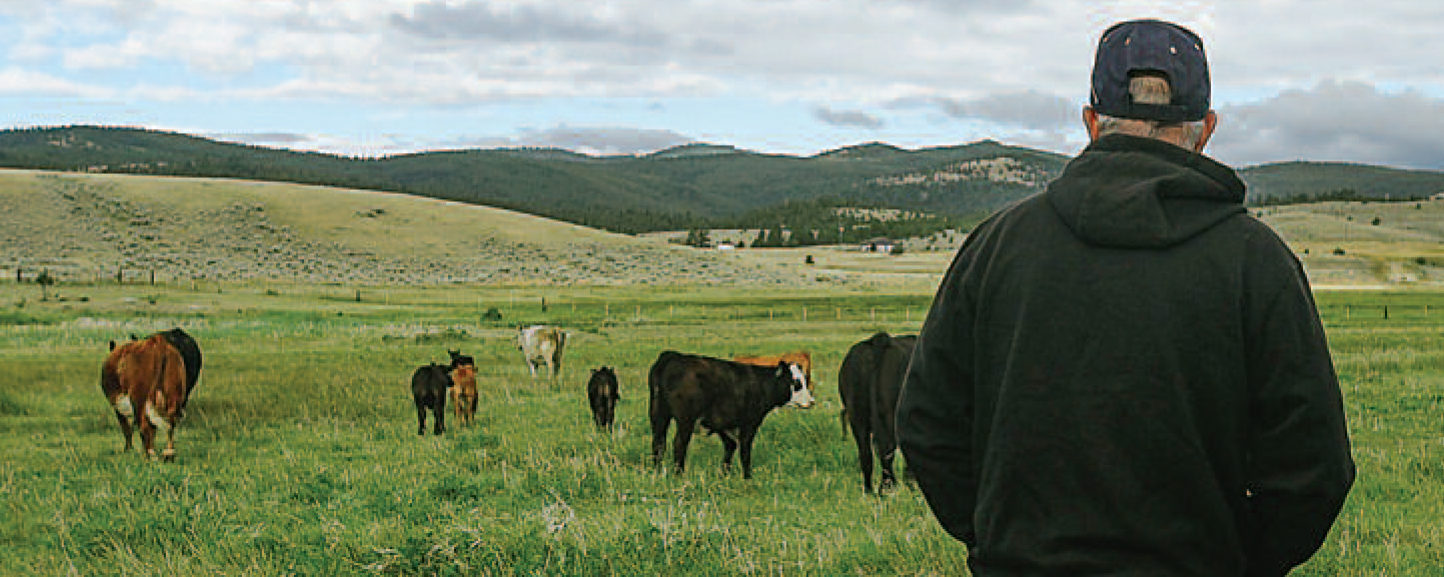
Preserving land, preserving history
On December 20, 2016, Prickly Pear Land Trust completed its largest private land conservation easement to date with the closing transactions on the Gehring Ranch easement.
Preserving land, preserving history
On December 20, 2016, Prickly Pear Land Trust completed its largest private land conservation easement to date with the closing transactions on the Gehring Ranch easement.
“The great wildlife habitat and water resources combined with its tremendous historical significance made it a great project for PPLT,” said Mary Hollow, PPLT executive director.
The 3,000-acre ranch, which is about 10 miles northwest of Helena on Lincoln Road, is one of the few historic ranches in the area that remains intact and has been in the Gehring family for more than 150 years. Bill Gehring, the current owner, secured the future of the ranch with the conservation easement.
“My ancestors did a great job with this ranch, and I did an OK job with it, but we have no idea what future generations will do,” Gehring said. “But no matter what direction somebody else takes the ranch, it will always be preserved.” In addition to funding provided by the Lewis & Clark County Open Space Bond and grants from the Rocky Mountain Elk Foundation and Travelers for Open Lands, Gehring donated $1.2 million of the ranch’s appraised value by agreeing to forego $1.2 million in payment to make the project happen.
Continuing an Agricultural Tradition
PPLT Works with Bill Gehring to Preserve Historic Ranch
An excerpt from PPLT’s 2016 Fall Newsletter
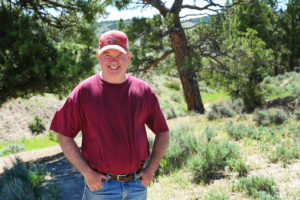 If bill Gehring’s grandpa hadn’t been put in the oven as a newborn to warm up, this story might have had a different ending. But thanks to the quick thinking of a family friend, Bill’s grandpa, David Gehring, survived his cold winter birth in 1873; David’s twin, however, did not survive.
If bill Gehring’s grandpa hadn’t been put in the oven as a newborn to warm up, this story might have had a different ending. But thanks to the quick thinking of a family friend, Bill’s grandpa, David Gehring, survived his cold winter birth in 1873; David’s twin, however, did not survive.
David Gehring was the only child of Bartholomew and Jane (Auchard) Gehring, who homesteaded in the Prickly Pear Valley in what Bill estimates was 1864. In the more than 150 years since that claim, the Gehring ranch passed through four generations and grew to nearly 3,000 acres, most of which has seen little change since Bartholomew first set foot on it.
The ranch, which is about 10 miles northwest of Helena on Lincoln Road, is one of the few historic ranches in the area that remains intact. Bill Gehring, the current owner, has taken steps to make sure it stays that way. Through a conservation easement with Prickly Pear Land Trust and requested partial funding from the Lewis & Clark County Open Space Bond, and grants from the Rocky Mountain Elk Foundation and Travelers for Open Lands, Gehring will keep the ranch safe from development and ensure that future generations enjoy the view of wide open space.
Early on a recent Friday morning, Bill sat at a table in the kitchen of the house where his great grandparents, grandparents and parents once lived. His mother, Rose, made a pot of fresh coffee to which she added a dash of salt—it takes away the bitterness she explained. On the table before him, Bill had old diaries in which his grandfather David penciled in the daily happenings at the ranch and printouts of photos his grandmother, Ann (Hardie), took dating back to at least 1910. How they had the foresight to keep such detailed documentation is a mystery, but it is coming in handy to the Helena/Lewis & Clark County Historic Preservation Commission, which is helping Bill to get the Gehring ranch designated to the National Register of Historic Places.
“Golly, golly,” Bill said. “My roots are deep here.”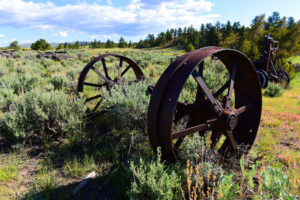
Bill walked around the living room of the house pointing out old photos and paintings of the original homestead and calling attention to the short, wide doorways. “They were short people,” Bill says of his great-grandparents, Bartholomew and Jane. “My great-grandmother was only 4-foot-9.” There is a worn spot in the floor where David regularly rocked in his rocking chair. The house is a series of small spaces, a reflection of the number of times it was added on to. The front part of the house is from the 1870s, the kitchen was added in the 1930s, and bedrooms on the second floor were added even later. Bill doesn’t live in the house; he lives about a quarter mile down the road in a more modern house. Bill’s mother, Rose, no longer lives in the house either, having divorced Bill’s father in 1964. But Bill keeps up the house for visitors.
He walked up the stairs and pointed to the railing on the landing—it’s where he used to play “rancher” as a boy, using the railing slats as stalls for his toy cows and horses, he said. Ranching, no doubt, runs deep in Bill’s blood and his hope, through the conservation easement, is that someday his grandkids inherit the land along with the passion for ranching and stewardship that has become a Gehring tradition.
Bartholomew picked a good spot for a ranch; two creeks—Silver and Threemile—run through the property and its position on what was known as the Mullan Road ensured that passing traffic would bring business. Originally established for cattle and pigs, the ranch adjusted to changing times. According to a family history written by Bill’s Aunt Ruth, the Gehrings sold dairy products, horses, chickens, oxen, mules, hay, grain, potatoes, strawberries, currants, gooseberries, vegetables, eggs, cheese and, eventually, bison. Bill continues to raise cattle and bison on the ranch.
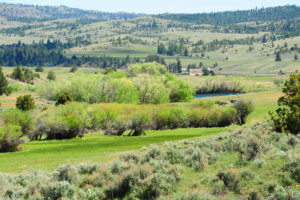 Maintaining a 3,000-acre ranch has not been easy for Bill. To keep a steady income, Bill worked as a laborer at Cretex Concrete for 39 years. After Bill’s dad, Jack, got into a little trouble in the 1970s for not paying taxes, the ranch came close to foreclosure and a buy/sell agreement was even made on the ranch in the 1990s. But through hard work, Bill was able to keep the ranch together.
Maintaining a 3,000-acre ranch has not been easy for Bill. To keep a steady income, Bill worked as a laborer at Cretex Concrete for 39 years. After Bill’s dad, Jack, got into a little trouble in the 1970s for not paying taxes, the ranch came close to foreclosure and a buy/sell agreement was even made on the ranch in the 1990s. But through hard work, Bill was able to keep the ranch together.
“I have preserved the place; it’s still here,” Bill said.
Bill drove his truck past the big red barn, a landmark to those who frequently drive on Lincoln Road, through some pasture land and up to the high point of the ranch. Helena can be seen to the south, the Sleeping Giant is to the northeast and, creeping into view from almost every direction, are houses that are part of minor subdivisions.
“Golly, golly,” Bill said. “I used to be against conservation easements; they take some control of the ownership out of the property. But if you look at what our grandparents and greatgrandparents went through—they never threw their hands up. “
“Once it’s gone, it’s gone forever,” Bill said. “Hopefully, this will be my legacy to the land; this will be my stewardship. The window that a person owns a piece of land is small. God gave me the gift to preserve this.”

